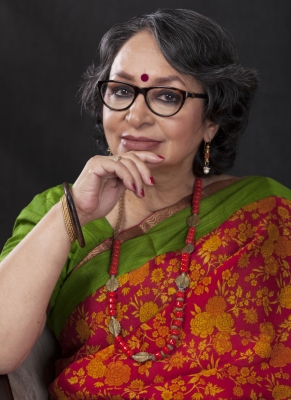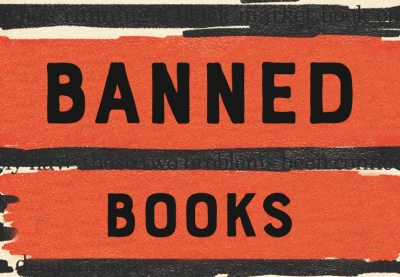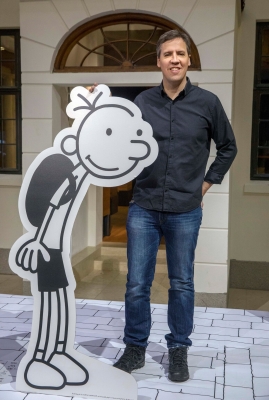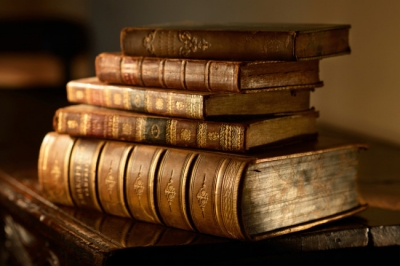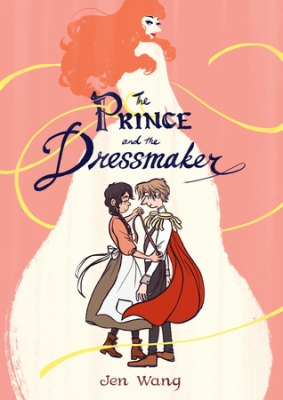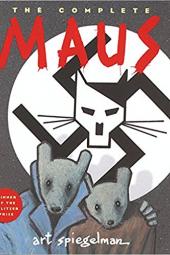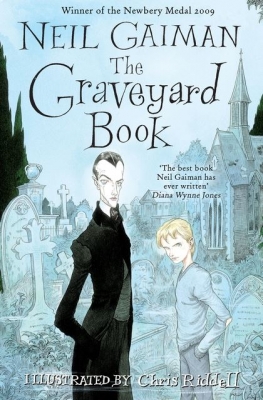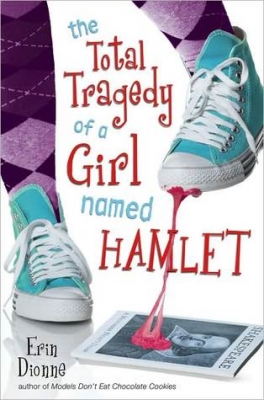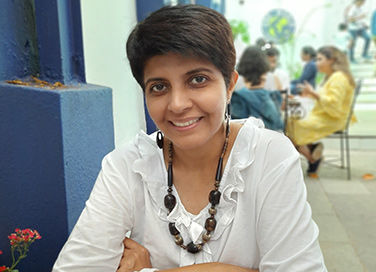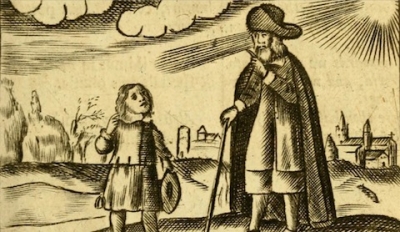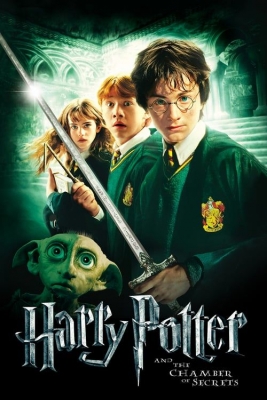Which are the authors who wrote using male pseudonyms?
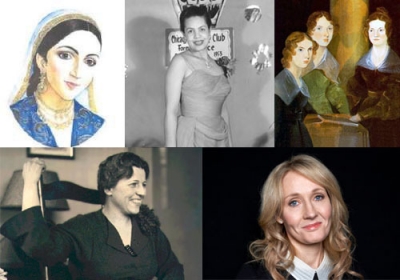
A story about women stifled by a patriarchal society, “Middlemarch” was published under a male pen name so that it would be taken seriously. But now George Eliot’s masterpiece will bear the name of its author Mary Ann Evans for the first time since its release in 1871. “Middlemarch” will be re-released along with 24 female authors who had to use men’s names to sell their books. ‘The Reclaim Her Name’ campaign, has been launched to mark the 25th anniversary of the Women’s Prize for Fiction. Throughout history, many women authors used male pen names. From getting their books published in male-dominated genres to escaping gender bias. Here’s a look at six female authors who had to adopt male pen names…
Mary or George?
Born in 1819, Mary Ann Evans forayed into writing when she was hired as an assistant editor at the radical journal Westminster Review. She adopted a male pseudonym George Eliot when George Henry Lewes – the English philosopher and critic – encouraged her to take up writing action. Evans believed that a male pen name would help her overcome gender bias. Evans’ best-known works include “Middlemarch”, widely considered to be one of the greatest novels ever written.
Messrs. Currer, Ellis, and Acton Bell
The Bronte sisters – Chrlotte, Emily and Anne – were among the most important literary voices of the 19th Century. Their novels are known for their strong-willed and feisty female characters. Ironically, when publishing their work, the sisters were forced to use male pseudonyms. They penned several novels and poems using male pen names Currer, Ellis and Acton Bell.
Currer Bell was Charlotte, Emily was Ellis and Anne was Acton. Charlotte even used this pseudonym while writing her most successful novel “Jane Eyre”.
She did not want to reveal her identity as she feared that the readers will not take a female author seriously. A famous poet had even told her once that ‘literature cannot be the business of a woman’s life.”
Playing it safe
Known for her novel “To Kill A Mockingbird”, Nelle Harper Lee consciously dropped her name which sounded too feminine and adopted a gender ambiguous name. When she published her work back in the 1960s, most well established authors were men.
Keeping it short
Author Nora Roberts is synonymous with romance novels, but did you know she took on a male pseudonym to foray into science fiction? From 1995 to 2001, Roberts wrote futuristic sci-fi books as part of the “In Death” series under the pen name J.D. Robb. She finally revealed her identity after the twelfth book of the series hit the shelves. The series is still going strong under the name J.D. Robb.
Writing pulp-fiction
Before she became well-known for “Little Women”, author Louisa May Alcott wrote fiction under the androgynous pseudonym A.M. Barnard. It gave her condense to write more, especially edge-of-the-seat thrillers, which were written largely by men. She penned pulp fiction about spies and revenge under the pseudonym.
From J.K to Robert Galbraith
J.K. Rowling’s publishers advised her to use initials instead of her full name hen publishing the first “Harry Potter” book on the grounds that it would better “appeal to boys and girls.” Years later, she took on another male pen name, Robert Galbraith to write non- “Harry Potter” books, beginning with “The Cuckoo’s Calling”. The book’s publisher even came up with a convincing backstory for Galbraith. He was claimed to be a former member of the Special Investigative Branch of the Royal Military Police.
Picture Credit : Google
